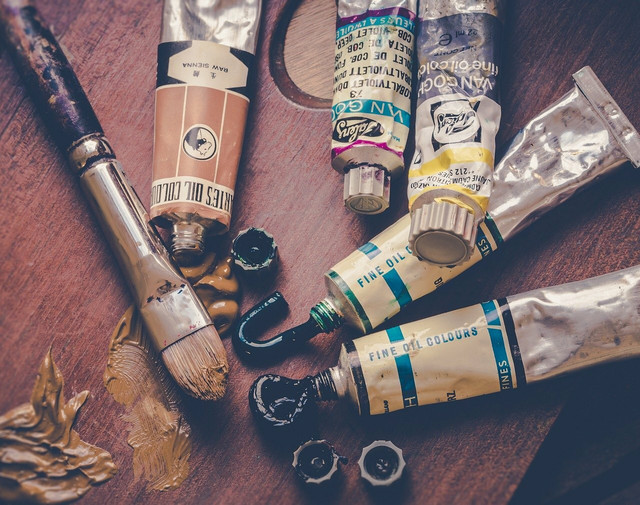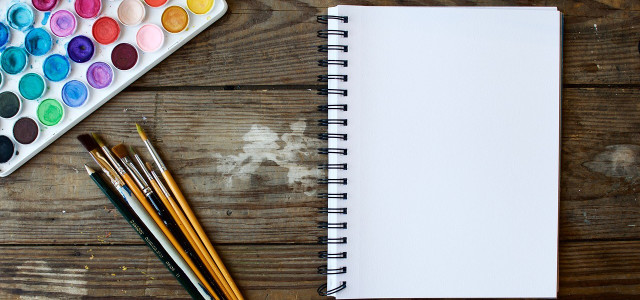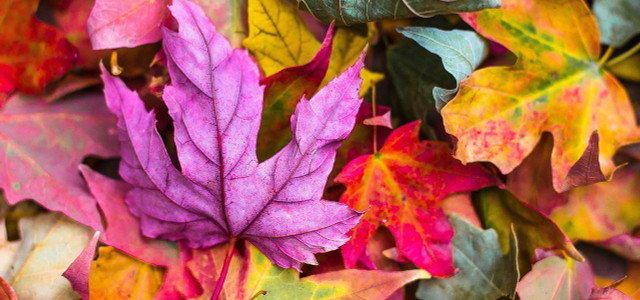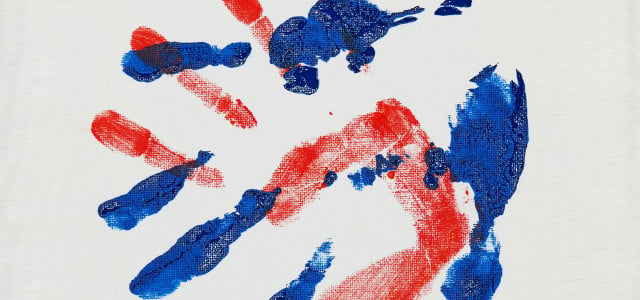Painting with oil paints can be very rewarding. But inevitably the more you paint, the dirtier the brushes get. Here’s how to clean oil paint brushes at home.

(Foto: CC0 / Pixabay / bridgesward)
Oil paints have a wonderful effect on the page or canvas. The only downfall is the mess they make. Unfortunately, oil paint can stain, and therefore, it is important to clean the paintbrushes directly after use.
There are many products you can use – for instance, mineral oils, soap, or vinegar. The different brush types (bristle, sable or synthetic) may thrive from different products or methods.
In this article, we will cover how to carefully clean your oil paintbrush, what not to do, and how to extend its lifespan while taking more natural methods into account.
What Product To Use To Clean Your Oil Paintbrush
Though solvents are one of the most commonly used brush cleaners by oil painters, toxic properties can be found in many of them, including turpentine, paint thinner, mineral spirits, and acetone. Gamsol is considered to be one of the less toxic solvents and is odorless. But no matter what you use: It is important to only use solvents in well-ventilated areas.
But isn’t it better to use something natural that isn’t just less toxic? From natural oils (linseed oil, safflower oil, olive oil, or walnut oil), to a cleanse with environmentally friendly soap or white vinegar you have many more natural options that work just as well and might even be gentler to your paintbrush.
How To Clean Oil Paint Brushes Without Paint Thinner
Here’s the natural way to properly clean your oil paintbrushes.
You will need:
- Walnut oil (or other vegetable oil)
- Rough textured paper
- Scrap paper
- Environmentally friendly natural soap (professional artist soap if you can find)
- Paper towels
Instructions
- Pour a generous amount of the oil onto the rough-textured paper with paint on both sides of the brush to ensure all of the bristles are wet.
- Next paint with the brush onto the scrap paper until you cannot see the paint anymore, just the oil.
- Repeat this process a few times if needed.
- Finish with a soap and water rinse to clean the oil off the brush to stop it from drying out. Gently dry with a paper towel.
Note: Other vegetable oils can be used here. Linseed oil, one of the most commonly used, can be dangerous as it heats up when it dries and can end up combusting.
What To Look Out For When Cleaning Your Oil Paintbrush



(Foto: CC0 / Pixabay / WikiImages)
The different types of brushes require varying care.
- A slight residue can remain on bristle brushes from use with oil paints, so it is recommended to store oil paint bristle brushes separately. After cleaning your bristle brush, you can also refresh its tip by dipping it in hot water, wiping with a towel and reshaping it with your fingers.
- Sable brushes, on the other hand, should be stored in an airtight box out of direct sunlight. Restore the natural oils in the bristles with an overnight soak in apple cider vinegar.
- While synthetic brushes are much cheaper they can still benefit from the right care and storage.
Protect your oil paintbrush with a safer painting technique: pull not push. Pushing the paint into the canvas could damage the bristles of the paintbrush. After cleaning the oil paintbrushes dry the handle of your paintbrush and leave them horizontally to dry.
Tip: Don’t throw away your old brushes – they might be useful for experimenting with new painting techniques. But they still need to be cleaned after use! You can use your more intact brushes for the finer details in your paintings.
How To Revive Old Paintbrushes



(Foto: CC0 / Pixabay / Ylanite)
Got some dried paint hanging around on your old paintbrushes? Vinegar will be your new best friend for those stiff brushes:
- Soak your paintbrush in a saucepan of white vinegar for an hour.
- Then simmer on the stove for a few extra minutes.
- Rinse under running water and gently dry off with a paper towel.
Read more:
- How to Remove Spray Paint from Skin, Fabric and More
- Potato Printing: How to Make and Use Potato Stamps
- Homemade Sidewalk Chalk: Outdoor Fun With 3 Ingredients
Do you like this post?









